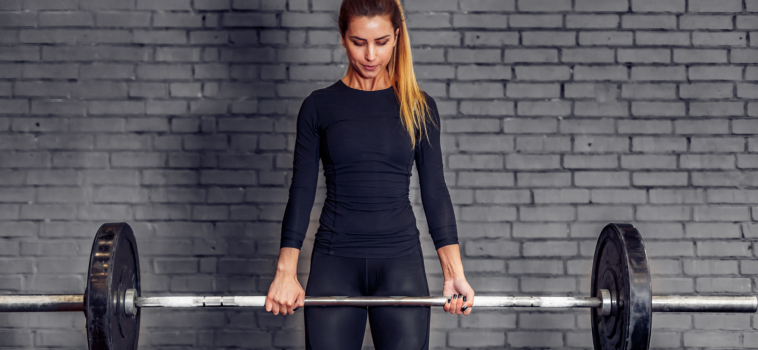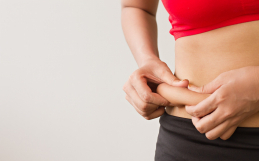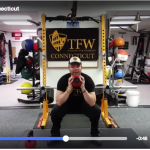Often confused with the Stiff Leg Deadlift or Straight Leg Deadlift, the Romanian Deadlift (RDL) is a variation of the deadlift that is used mainly to strengthen hamstrings, back, and forearms (grip).
Hopefully, you regularly have deadlifts in your training program, if not click here to learn h
ow to do so properly.
Deadlifts are the king of leg exercises for a reason. They are a compound movement that hits almost every muscle in the body. Those looking to increase the amount of weight they lift off the ground should look to different variations of the movement to help strengthen weak points.
When lifting heavy, there are two common areas of difficulty; grip strength and lat strength.
As you start to move towards the ground, the bar should stay close to the body, by using the lats. If the lats are not strong enough, the upper back can start to round, leading to rounding of the lower back(not good). The bar should travel in a straight line at all times to minimize the distance the bar moves.
Grip strength is also necessary to control the bar on the way up and back down towards the ground. Lack of grip strength can cause compensations in your lower back, especially as the weight gets heavy.
Solution –The Romanian Deadlift
Along with doing work that isolates the lats and grip, you should also do movements that mimic the deadlift but allow you to build strength on weak points. In a RDL, the bar starts at the top and you lower the bar but only until just below the knee. During the entire lift, you need to maintain proper control and since the bar never reaches the ground, it challenges your grip and lat strength in a great way.
How to do a Romanian Deadlift
- Position the bar at about mid-thigh height.
- Walk up and place your hands on the bar just outside of your thigs.
- Unrack the bar.
- Position your feet around hip width apart with your toes pointed forward.
- Squeeze your shoulder blades together and load your hips as you bring the bar down to just below your knees.
- You should feel tension in the hamstrings and glutes at this point.
- Raise the bar back up to starting position.
Note: The bar never travels to the floor, the reason is that you want to keep max tension on the hamstrings. Your back is also neutral for the entire lift.
This is great movement to add into your workouts to help work on weak points in your deadlift. It can be done after your regular deadlifts or on a separate day.
Check out this great video from Brett Contreras on how to do an RDL (0:36-1:28).




